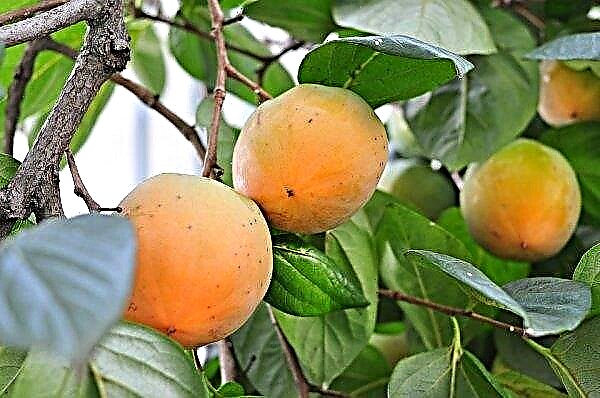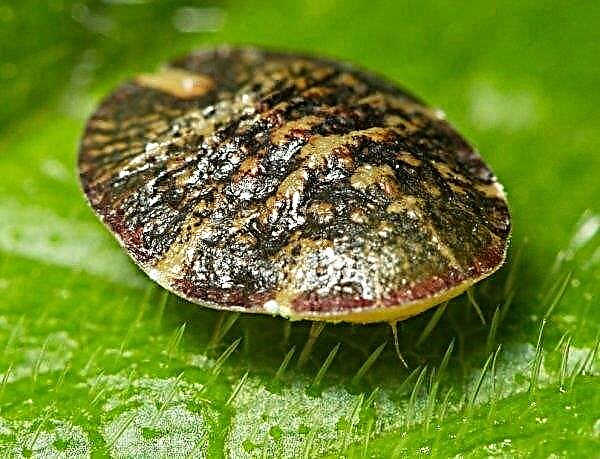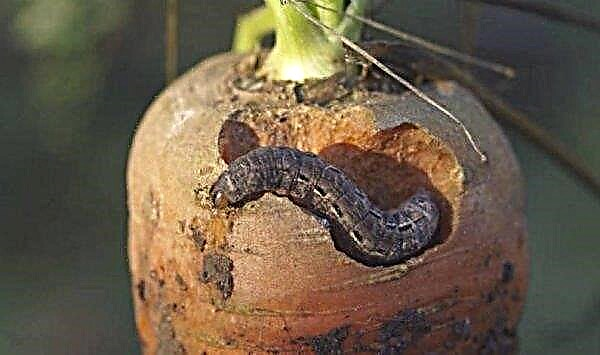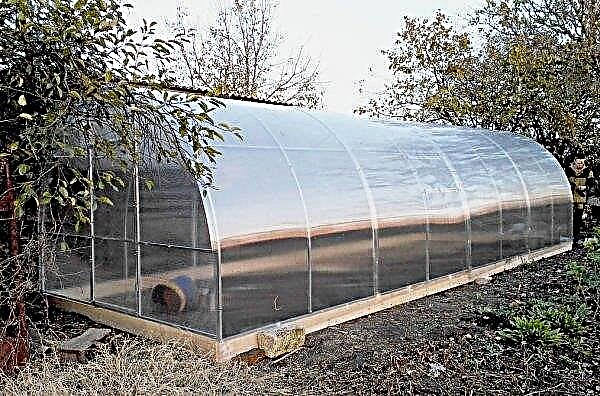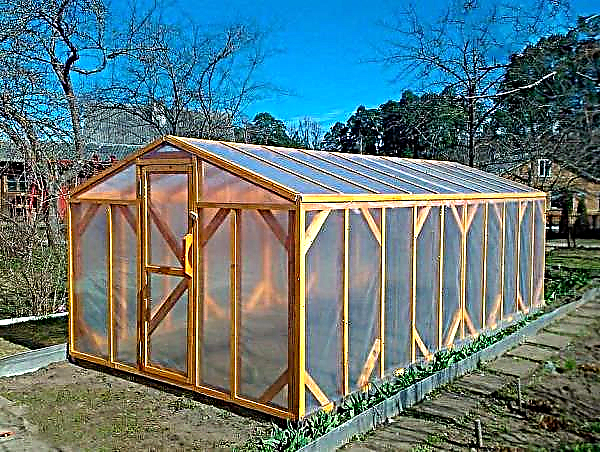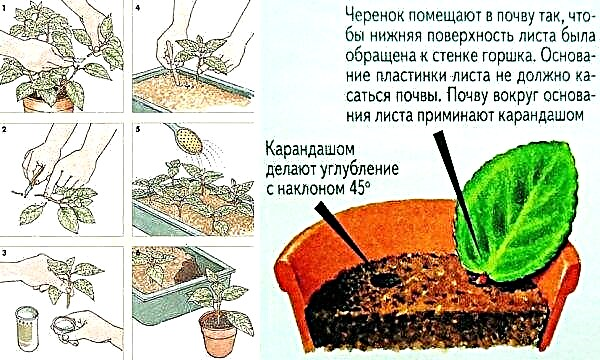Improper watering is detrimental to plants. Reveal all the secrets.
Seasonally watered
In spring and summer, daylight is long, the sun bakes. So that the soil does not dry out, and the plant at the stage of active growth receives enough moisture, the earth is watered about a day later. Even slight overdrying is harmful to buds and young shoots. In winter, flowers slow growth. Watering is reduced to once a week.

When to moisten the soil more often:
- In a clay pot.
- In the flowering period.
- Plants have developed massive roots.
- Flowers with wide, plentiful foliage, since the evaporation of moisture through them is faster.
- Almost all of the water flows through the openings on the bottom of the pot.
Frequency and irrigation methods
Indoor plants react differently to the frequency of irrigation. Gloxinia, caladium, krinum, hippeastrum will grow fully with rare moisture. Watering cacti and succulents from late autumn to early spring can be completely forgotten. In the cold, you should just spray the earth once a month. Deciduous tuber can be moistened no more than once a week.

Moderately watered green crops with dense leaves, lowered stems, with large roots, with bulbs and tubers: colum, dracaena, chlorophytum, aspargus, arrowroot, peperomia, aroid. It is only necessary to moisten the soil of such crops when the dry ground is not an earthen lump, but all the soil in a pot. Moderate drying allows flowers such as clivia and zygocactus to lay flower buds for ripening.
Methods of moistening the soil also have their own characteristics:
- Upper. This method moistens most of the indoor flowers. Gently and slowly water the soil. In no case from the tap. The following procedure is carried out after drying of the soil.
- With immersion. Azaleas, orchids, ferns do not prefer top watering, but “bathing”. The pot is put in a container with larger water for 10-15 minutes. After the plant has been nourished, excess water is allowed to drain. Immersion is a way of saving dried flowers.
- Lower. Water is not poured from above, but into a sump. Streptocarpus, cyclamen, violet, epition do not tolerate water on their delicate leaves. The plant should be completely drunk with water within half an hour.

It is recommended to water home flowers with soft water at room temperature. For this, water is allowed to stand for several hours.
Signs of excess and lack of water
Signs of lack of water for flowers:
- Buds and flowers fall prematurely.
- Rigid, dense leaves of laurel, ficus, myrtle, oleanders turn yellow and dry.
- The delicate leaves of violets, “Vanka wet” become lethargic,
- The turgor of leaves disappears. The plant does not look fresh in appearance.
Symptoms of excessive watering:

- Leaves turn yellow and fold into a tube.
- The plant sheds both old and young leaves.
- The tips of the leaves turn brownish.
- The flower stops growing.
- The greens become soft, watery, signs of rot appear.
- The flowers are covered with mold, and the ground with moss.
- Gnats circling over the plant.
- Millipedes, earthworms, enchitreuses are wound up in the soil.
Solving the problem of overdrying the soil is much easier than overmoistening.
What to do if the flower is flooded:
- Leave the plant alone until the earth finally dries to four centimeters in depth. The temperature brought to +18 ... + 20 ° С, reducing the brightness of the light will help speed up the process.
- When rotting shoots, the plant is transplanted into another pot with fresh soil. Damaged roots are thrown away, whole ones are treated with Fitosporin solution or coal.
- In the worst case, shoots are cut and rooted.
For a long trip, you can use capillary irrigation. In flower shops for this special figures are sold with a cone through which water slowly seeps into the ground.

